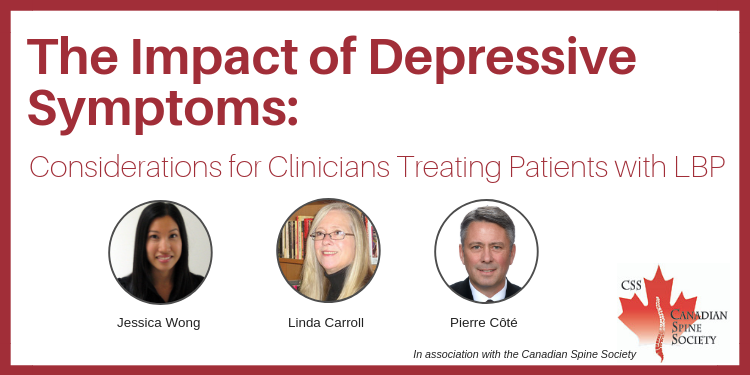The accredited CME learning activity based on this article is offered under the auspices of the CE department of the University of Toronto. Participating physicians are entitled to one (1) MAINPRO-M1 credit by completing this program, found online at www.geriatricsandaging.ca/cme
Lakshmi Ravindran, MD, Department of Psychiatry, University of Toronto and St. Michael’s Hospital, Toronto, ON.
David Conn, MB, FRCPC, Department of Psychiatry, University of Toronto and Baycrest Centre for Geriatric Care, Toronto, ON.
Arun Ravindran, MB, PhD, FRCPC, FRCPsych, Department of Psychiatry, University of Toronto and the Centre for Addiction and Mental Health, Toronto, ON.
Depression in the older population is a condition commonly encountered by the primary care physician. However, it is frequently underdiagnosed and undertreated. Selective serotonin reuptake inhibitors (SSRIs) and venlafaxine are the first-line choice of antidepressants for the treatment of depression. Mirtazapine and bupropion are second-line agents with tricylics and monoamine oxidase inhibitors (MAOIs) being considered for refractory patients. Although equally effective, these agents exhibit varying levels of tolerability and different adverse events profiles. After remission, patients need maintenance treatment, the duration varying with the number of episodes experienced. Treatment nonresponse is often associated with the presence of concurrent medical illnesses, poor compliance, and the presence of ongoing psychosocial stressors. Partial or nonresponse to optimum doses of antidepressants will necessitate either switch augmentation or combination strategies, but caution should be exercised to prevent drug interactions. Depression in the older adult is treatable, with key goals being recognition, diagnosis, aggressive acute treatment, and planned maintenance.
Key words: depressive disorders, older adult, antidepressants, nonresponse, augmentation.

